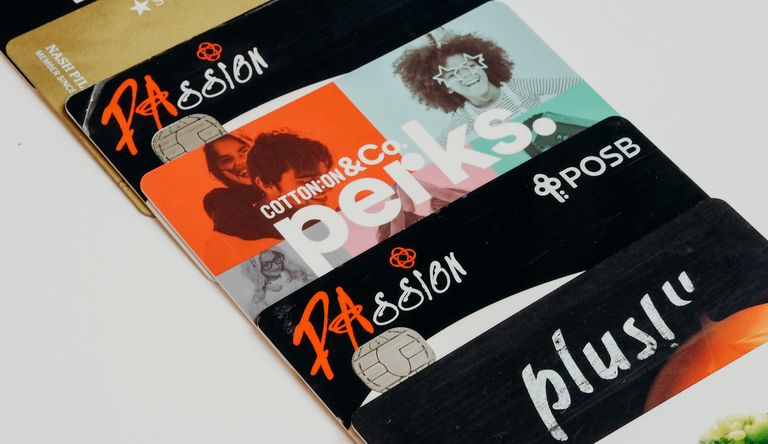
POWER READ
Breakage vs Engagement: Retaining Loyal Customers
Gain Actionable Insights Into:
- Why breakage is an unfulfilled promise to your consumers that can become a liability
- Why your point redemption process should be as simple as possible
- How to engage your consumers to earn their trust and get them to invest in your brand
Breakage Isn’t Just Money in the Bank
The goal of any business is to be successful and to make a profit, but it’s certainly easier said than done. One of the benchmarks of making a profit is your ability to ensure that your consumers keep coming back for more. Regardless of the service or products you offer, your business can only be successful if your consumers depend on you for their day-to-day lives.
Enter the star of the show – the customer loyalty programme. As customers continue to invest in your service or products, a loyalty programme allows them to accumulate points over time with every purchase. These points can then be redeemed for future discounts on their purchases. But when it comes to customer loyalty, the common debate is whether you should prioritise breakage or engagement. Breakage is defined as the number of points your business issues that go unredeemed at the end of a financial year.
When a business issues a loyalty point, it’s basically a liability that needs to be accounted for. But the actual cost only gets recognised when these points are redeemed to offset the purchases at the point of sales by the consumers. If consumers do not use these points, then you would reverse these liabilities and recognise it in the profit-and-loss (P&L) statement as “other income”.
From the perspective of a loyalty program operator, breakage is not necessarily good. While this may seem like easy money that your company can add to the top of the P&L statement, these loyalty points are the promise of a future discount or benefit to the consumers. Every business should be worried when consumers don’t redeem their points. It simply means that consumers don’t recognise the value of their points. Perhaps they simply forgot. But do you bother to find out why the consumers are not redeeming their points?
One of the common reasons that consumers don’t use up their points is the number of hoops that they have to jump through before they can redeem it for something even remotely meaningful. Many businesses attach a slew of terms and conditions that must be fulfilled before the consumer can redeem their points. Take air miles as an example. The airline usually requires you to have a minimum amount of air miles before you can redeem them for a reward that isn’t worth much.
Although it may seem beneficial to the company because you can simply classify and add the unredeemed points in your PNL as “other income”, this means that you’ve lost the engagement of your consumers. If the success of your business depends on how often your consumers keep coming back for more, then unredeemed points could mean that your consumer has lost interest or found another brand that better serves their needs and values their investment.
According to a famous behavioural theory, behaviour is the summation of motivation, ability, and trigger. If I want to build engagement with my consumers, I should not make them jump through so many hoops just to redeem their points. Your customers must feel motivated and empowered to do so with ease. For instance, perhaps you could allow your customer to offset their purchase with the redemption of these points at the point of sales. The ability for you to offset these points should be easy, and the business should serve as the external trigger to remind your customer to redeem their points.
When considering where to invest your time and resources, brands should prioritise engagement with consumers because every business is driven by repeat purchases by existing customers. There will never be a point where the loyalty rate of a redemption program is 100%, so we need to accept that there will always be accidental consumers who sign up for your loyalty programs without the intention of coming back. It is acceptable to have a certain level of breakage, but maximising breakage shouldn’t be the main objective of a loyalty program.
Want to continue your read?
To view the full content, sign up for a free account and unlock 3 free podcasts, power reads or videos every month.
Thinkfluencers

Henry Christian
Head of Business - GoTo Group Loyalty | Former SVP, Head of Loyalty & Marketing
Gojek | NTUC Link